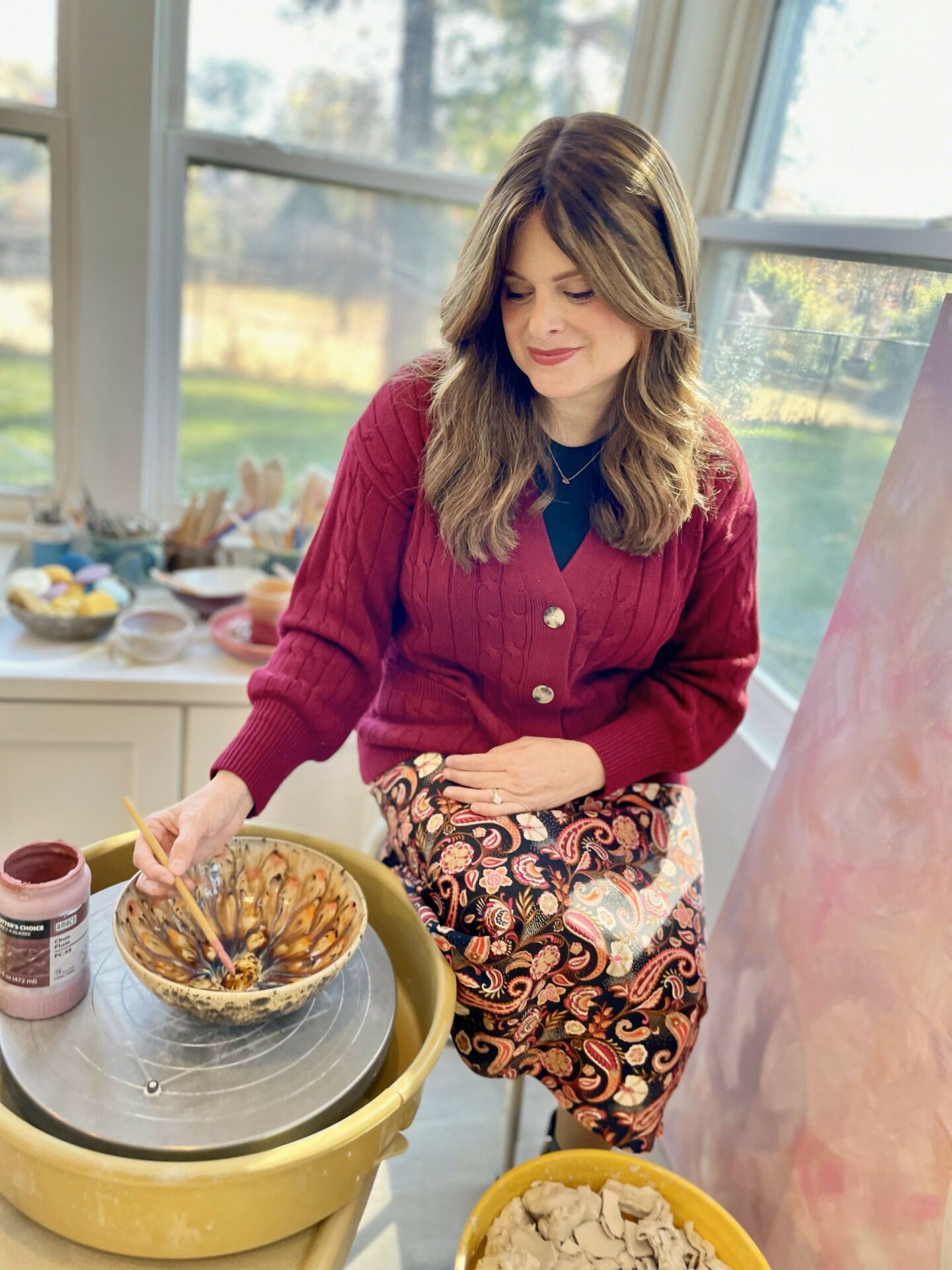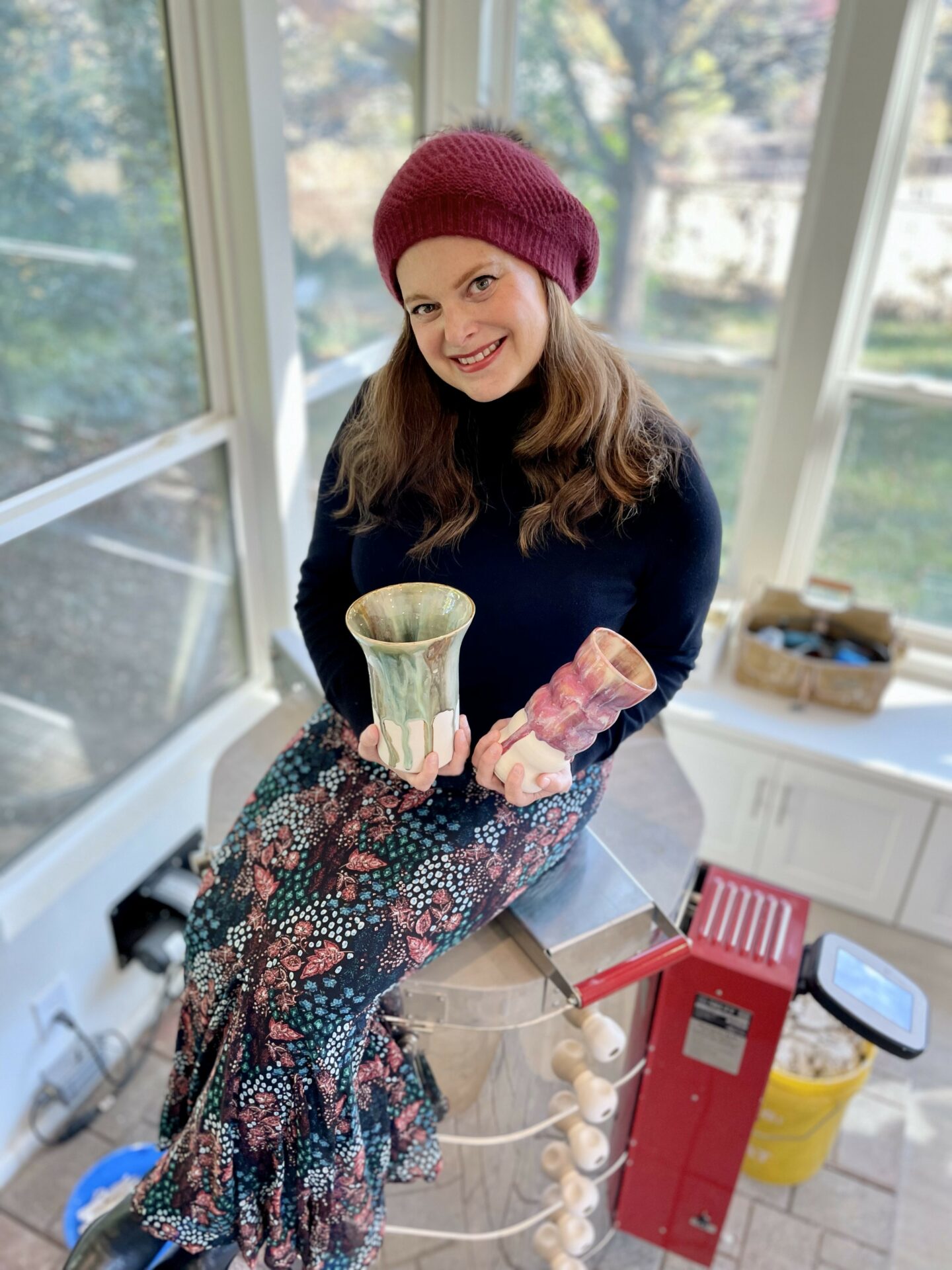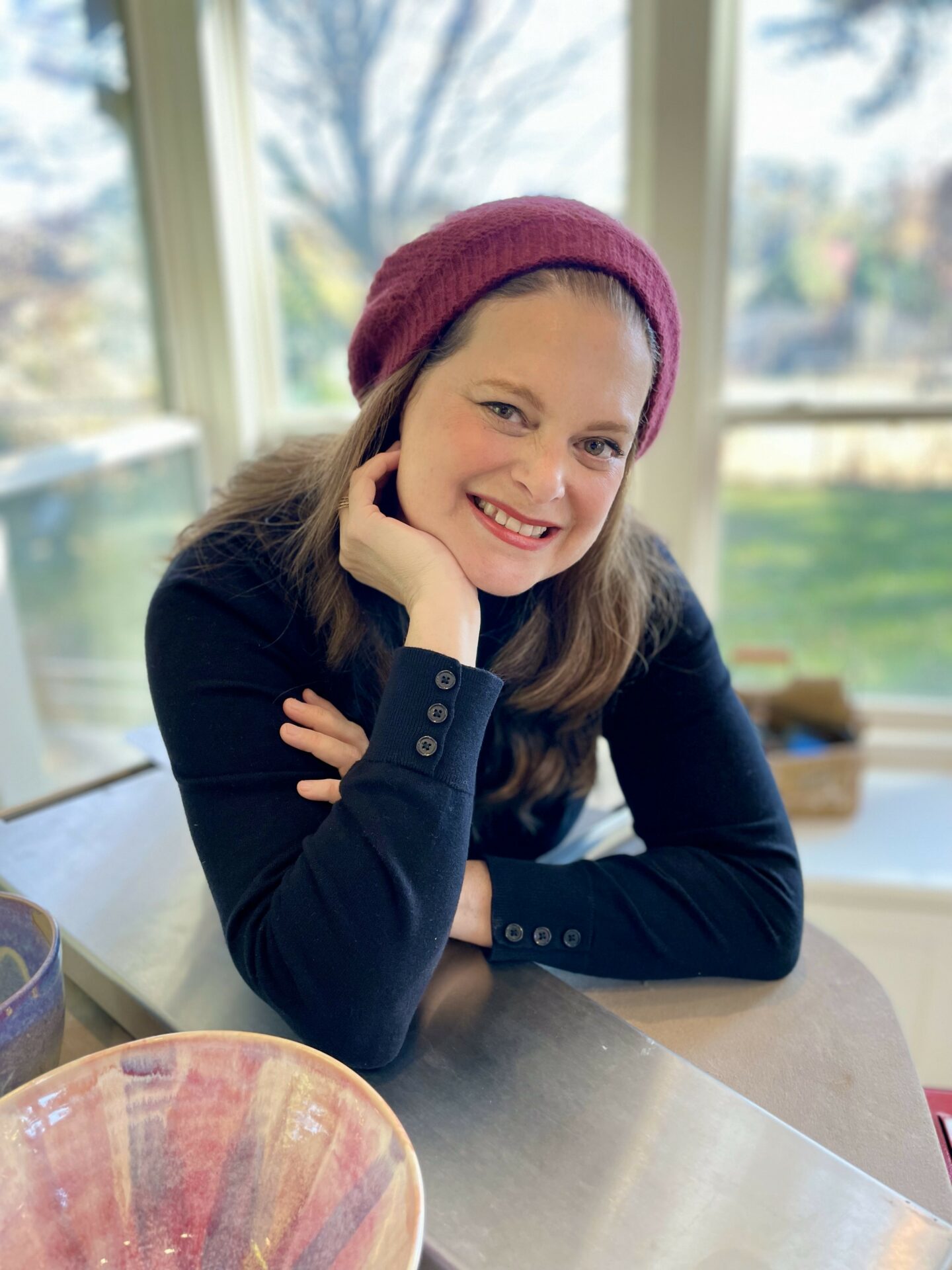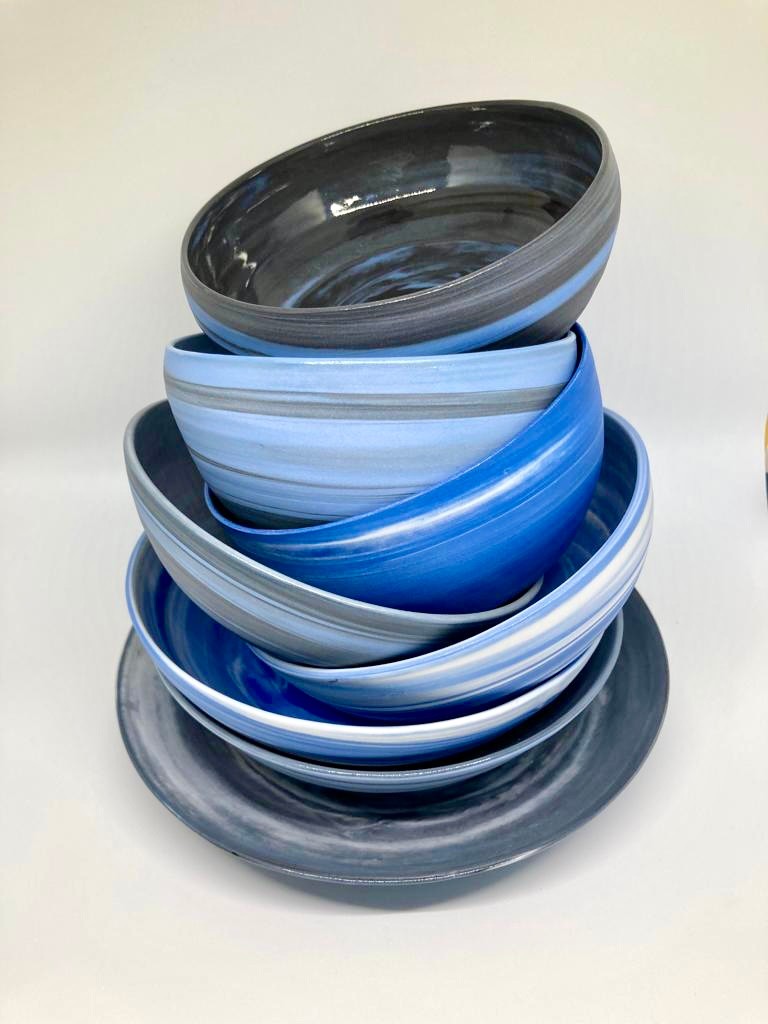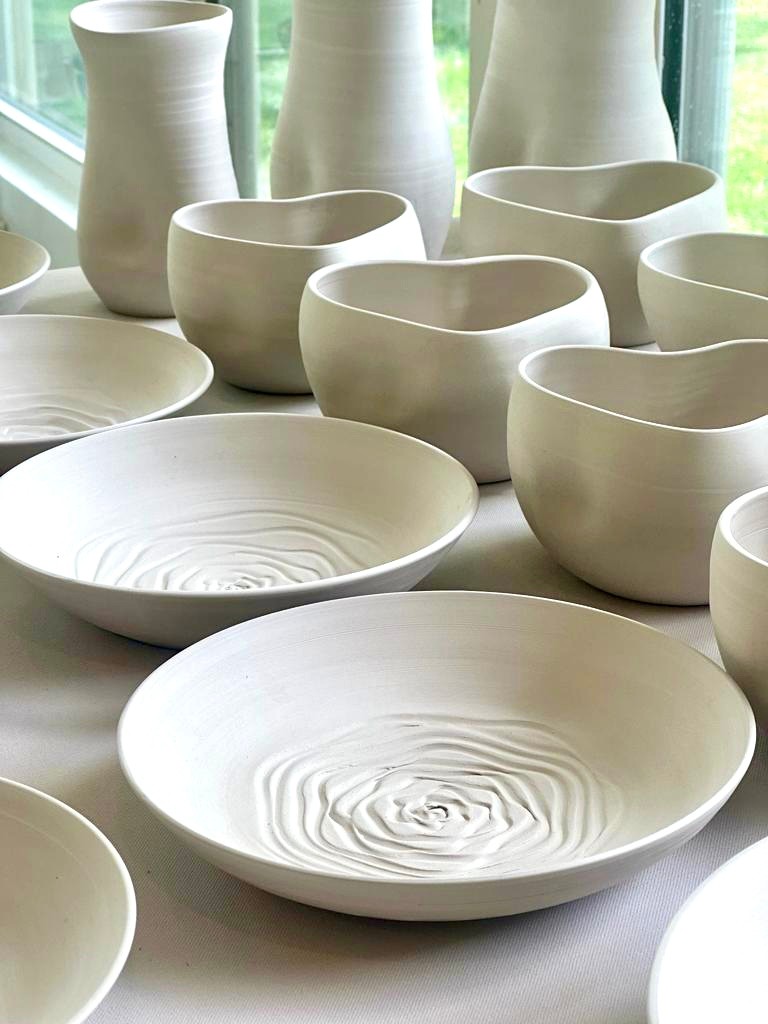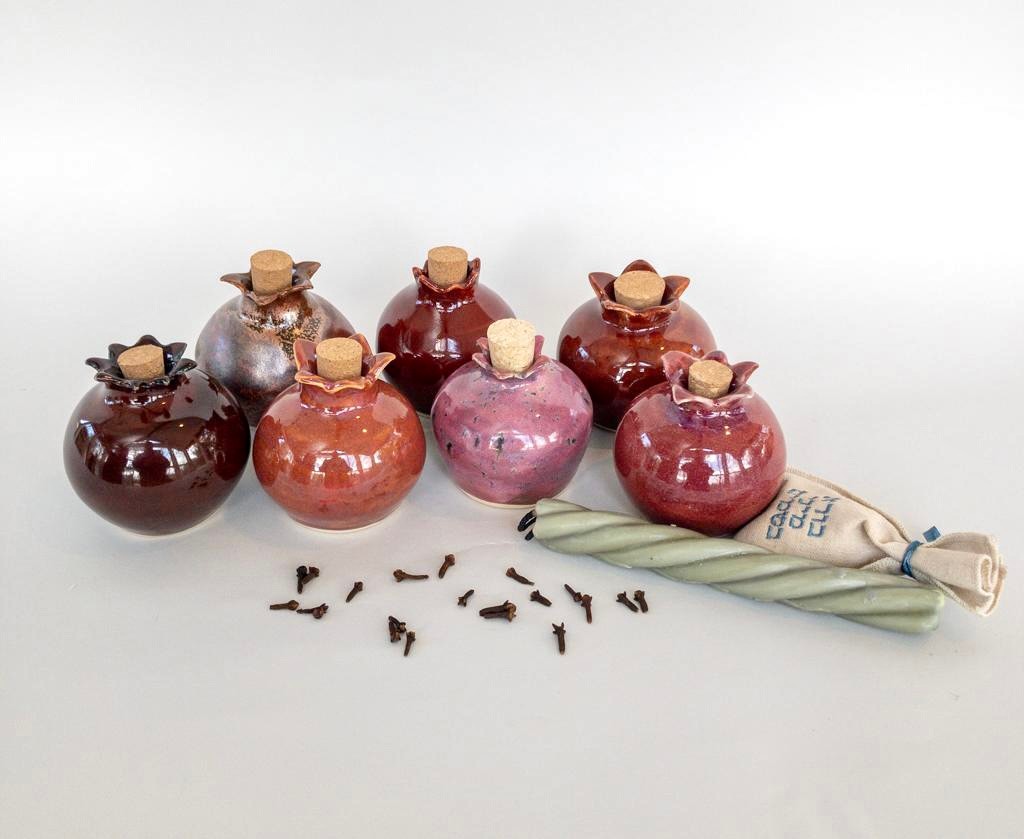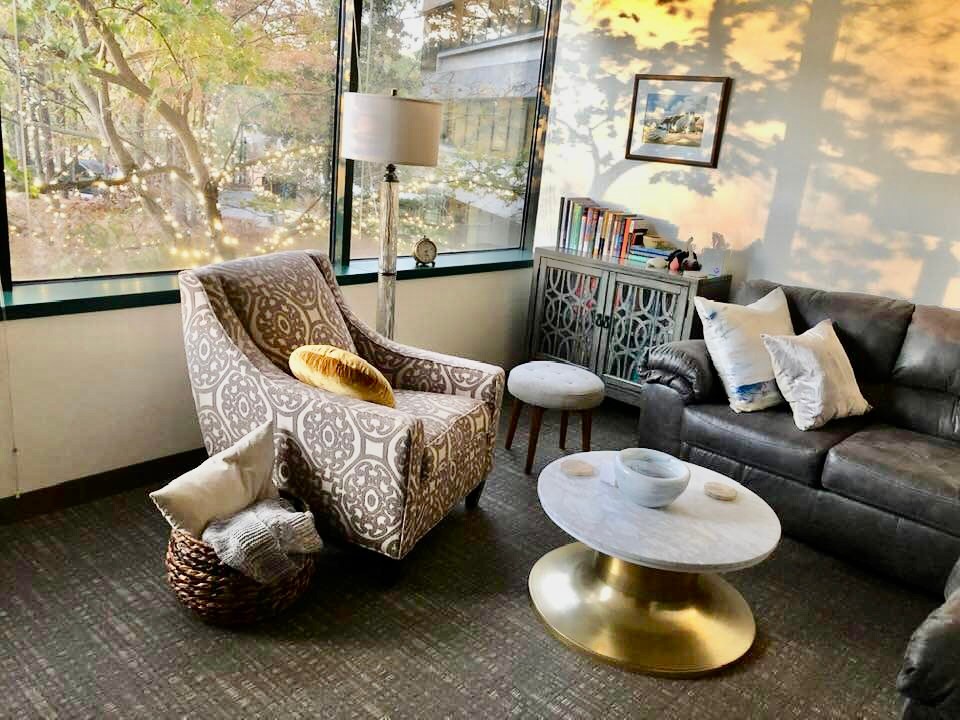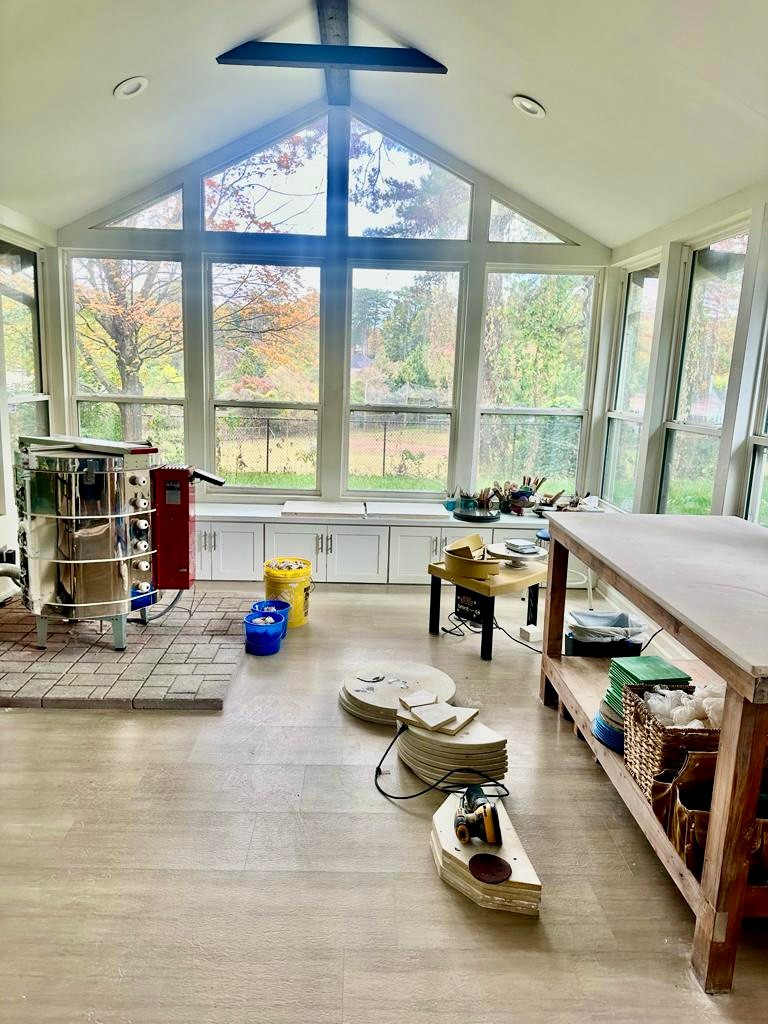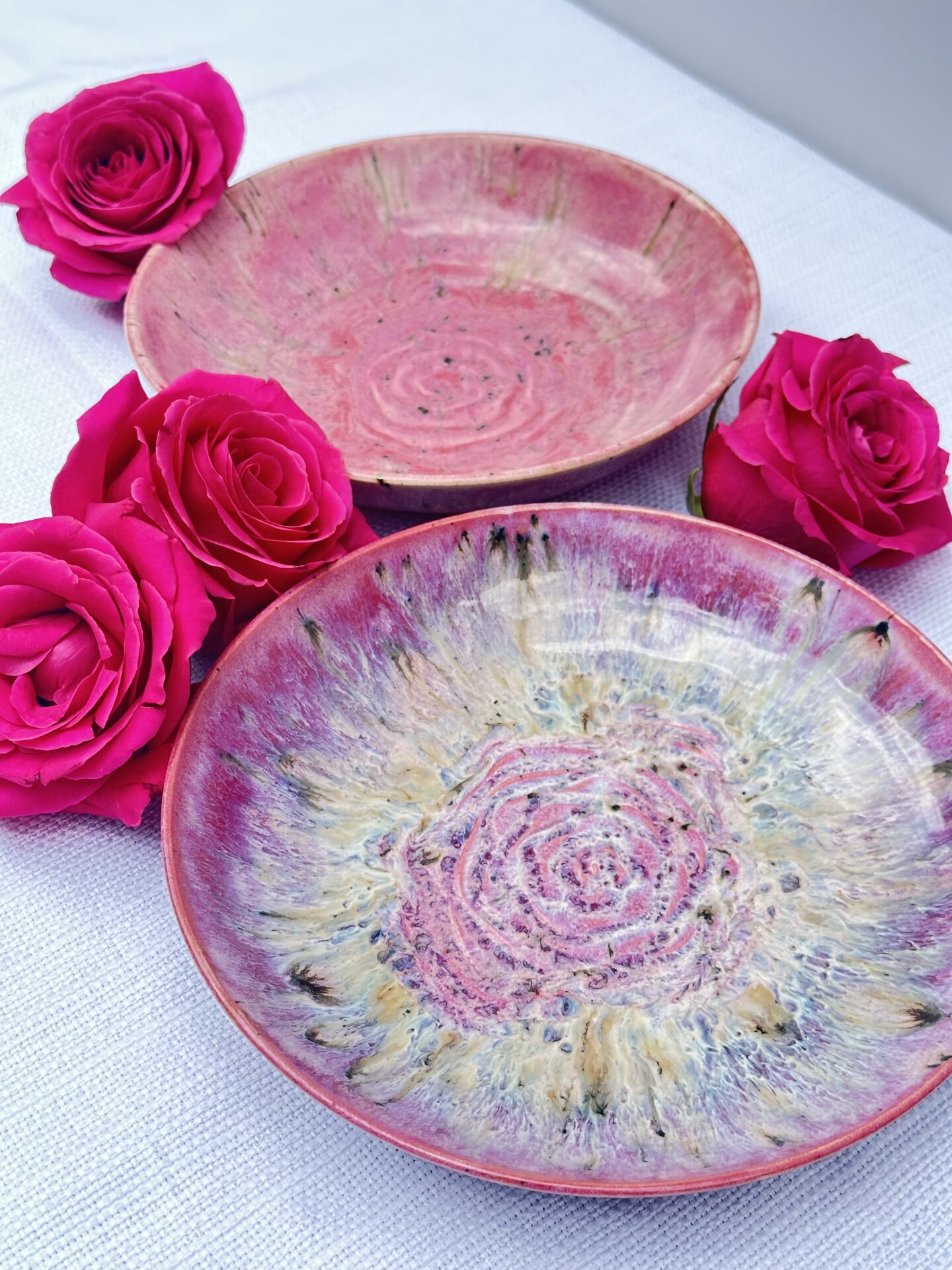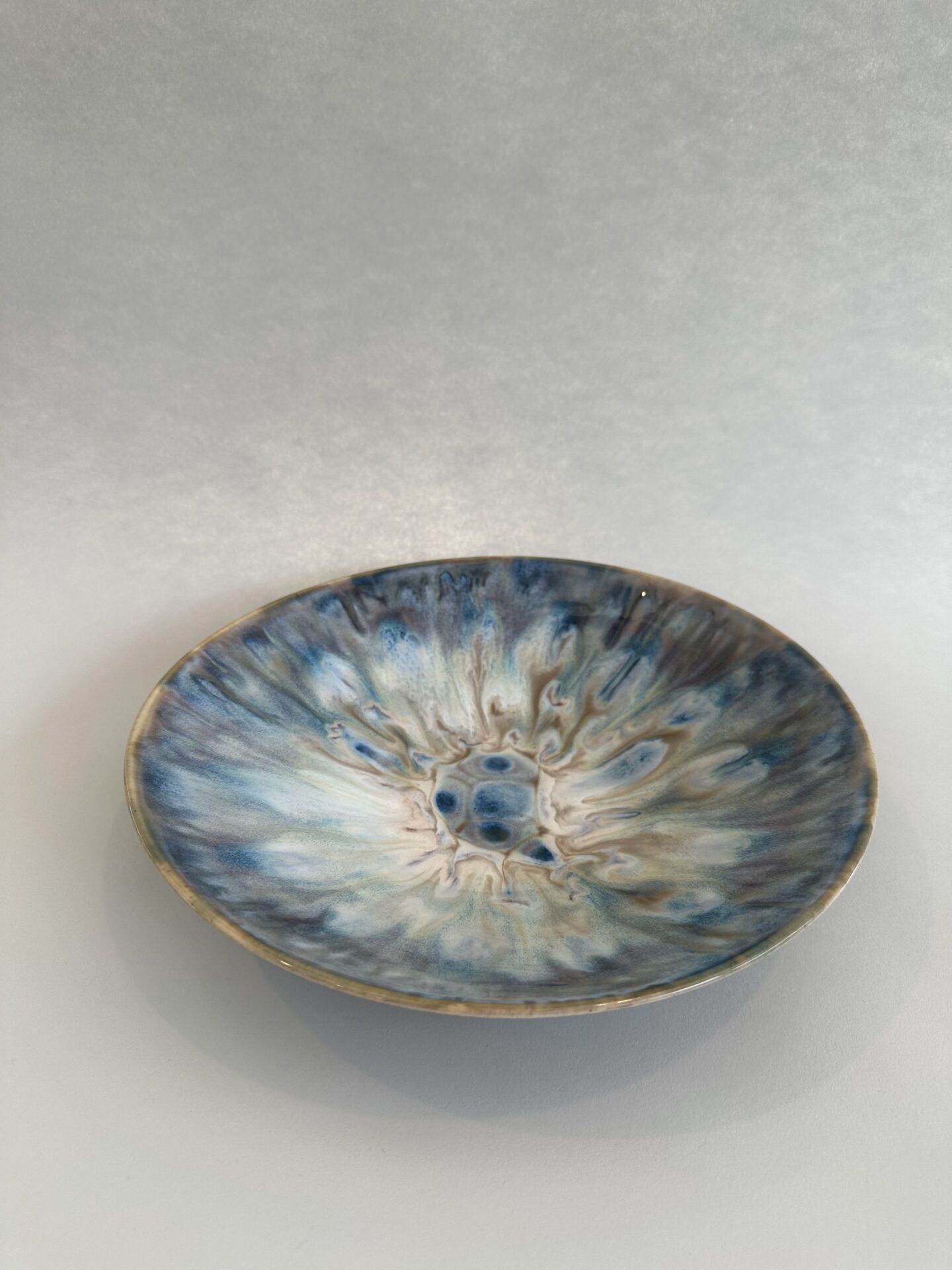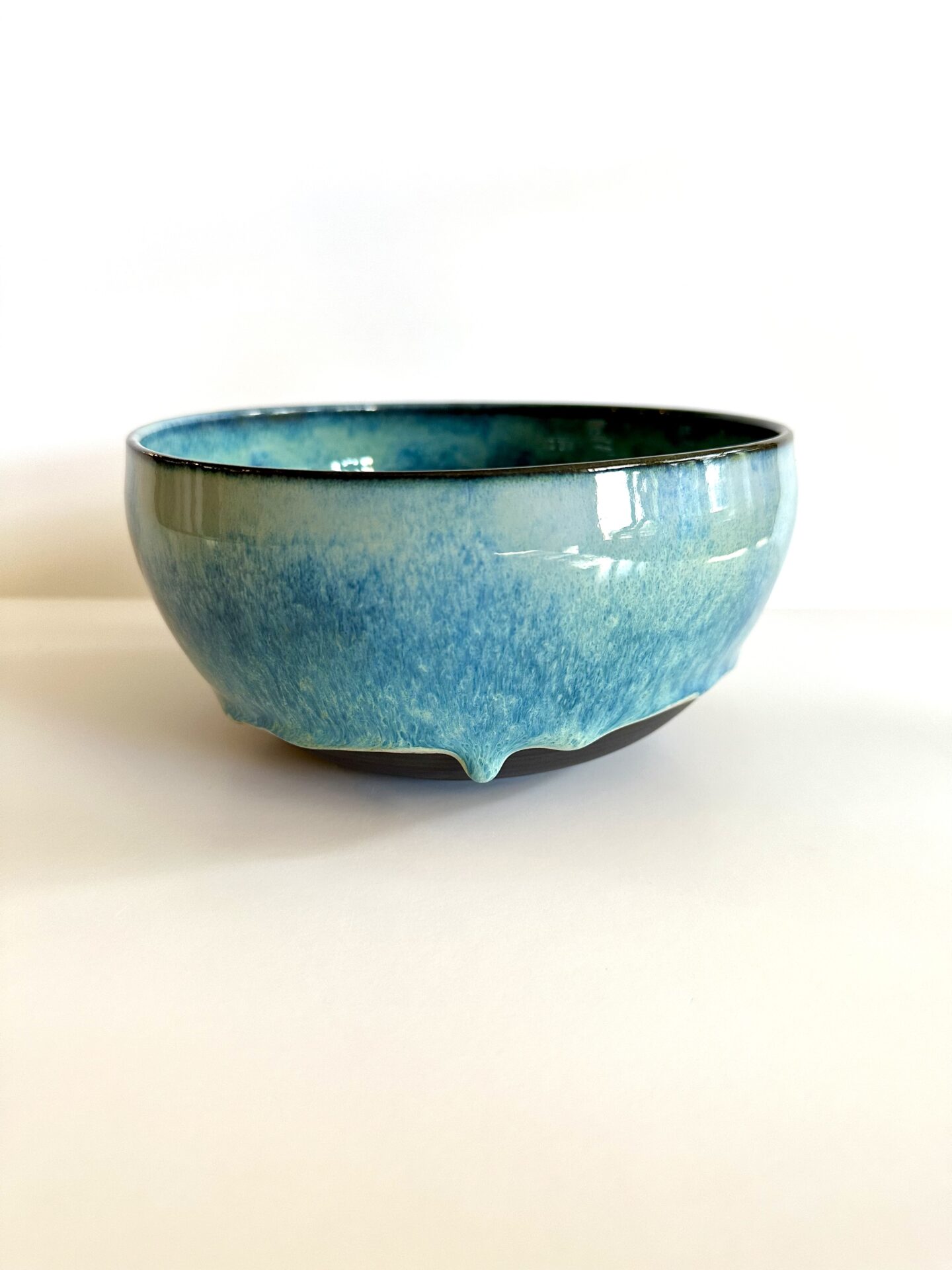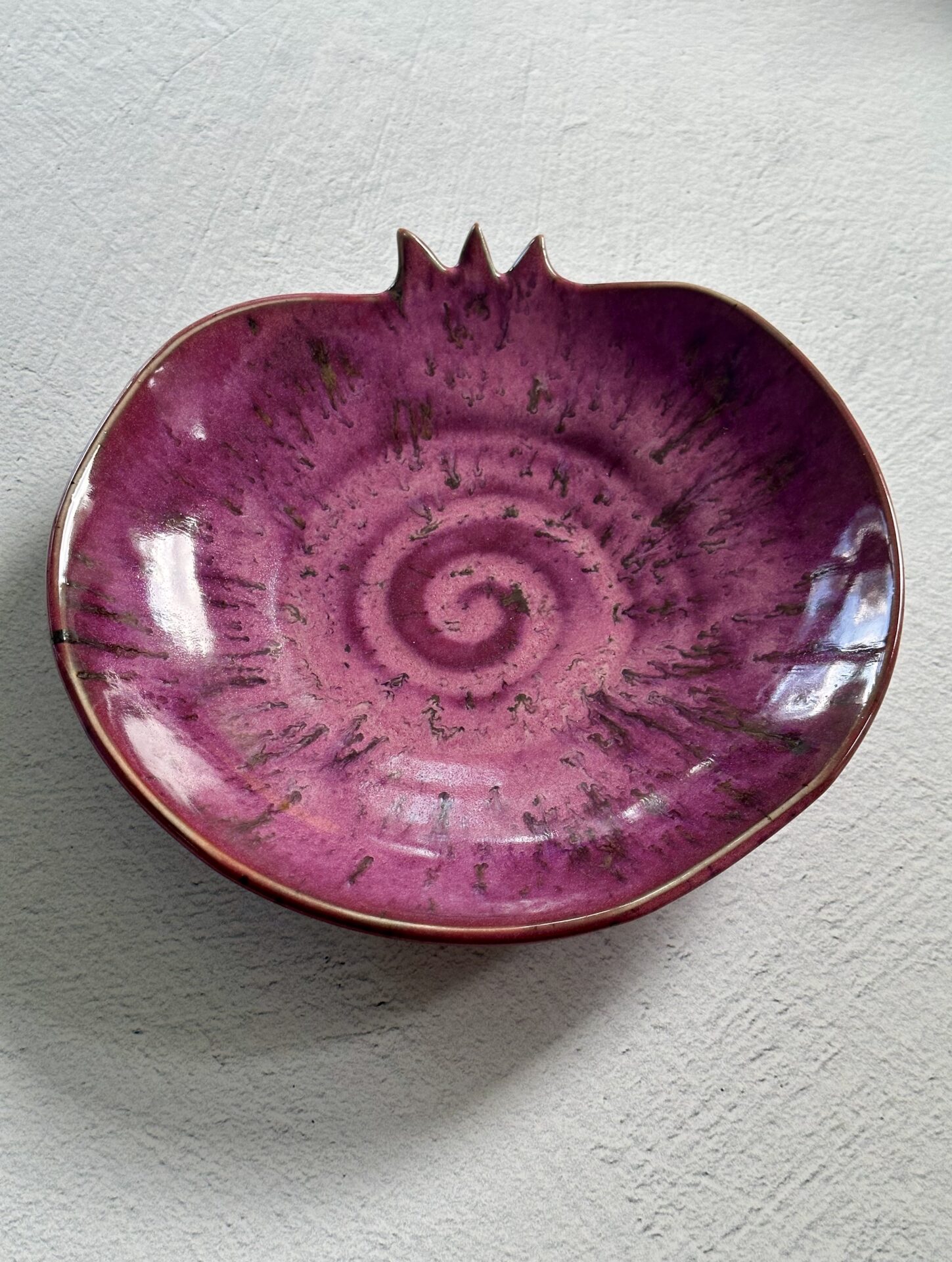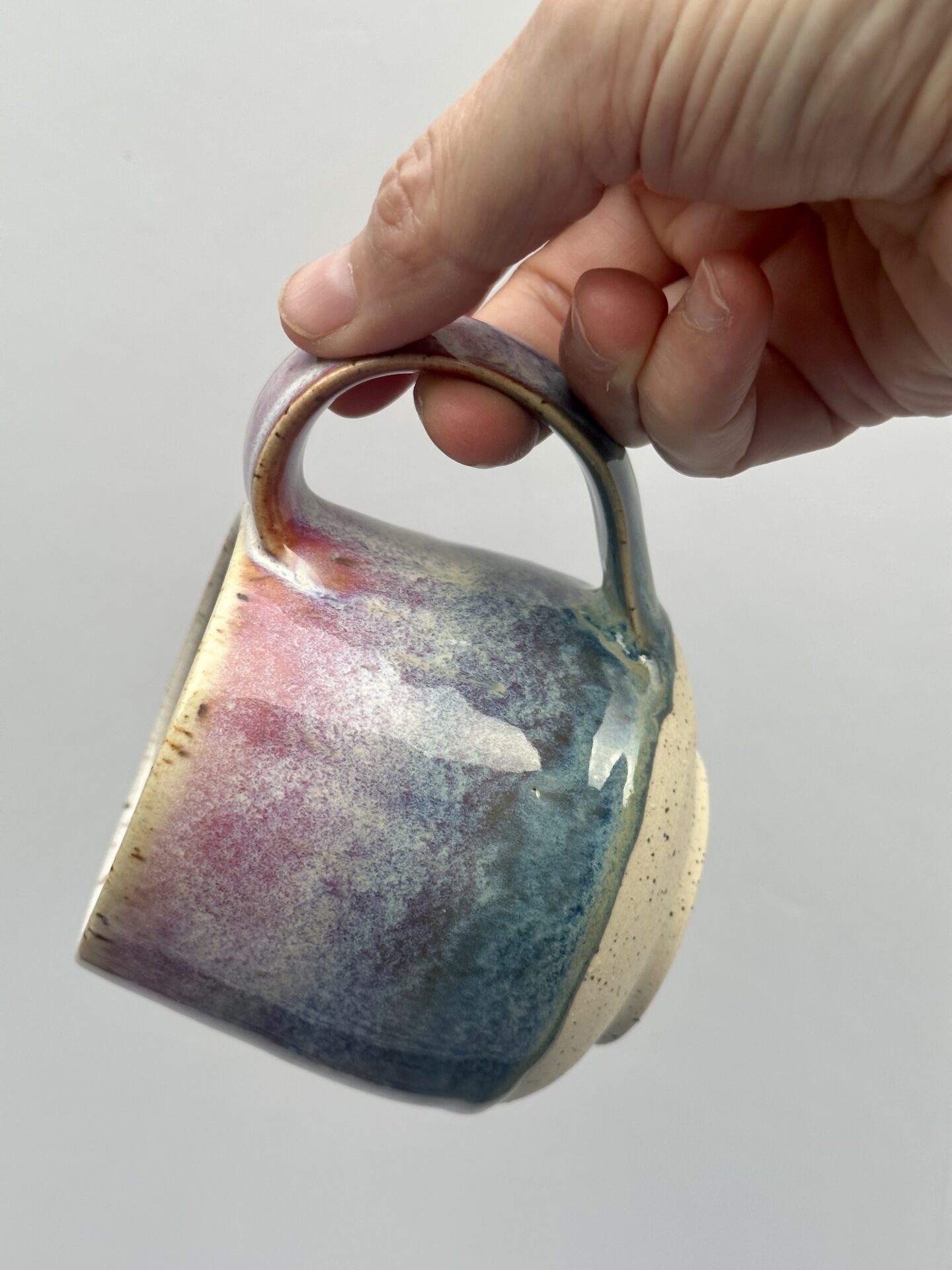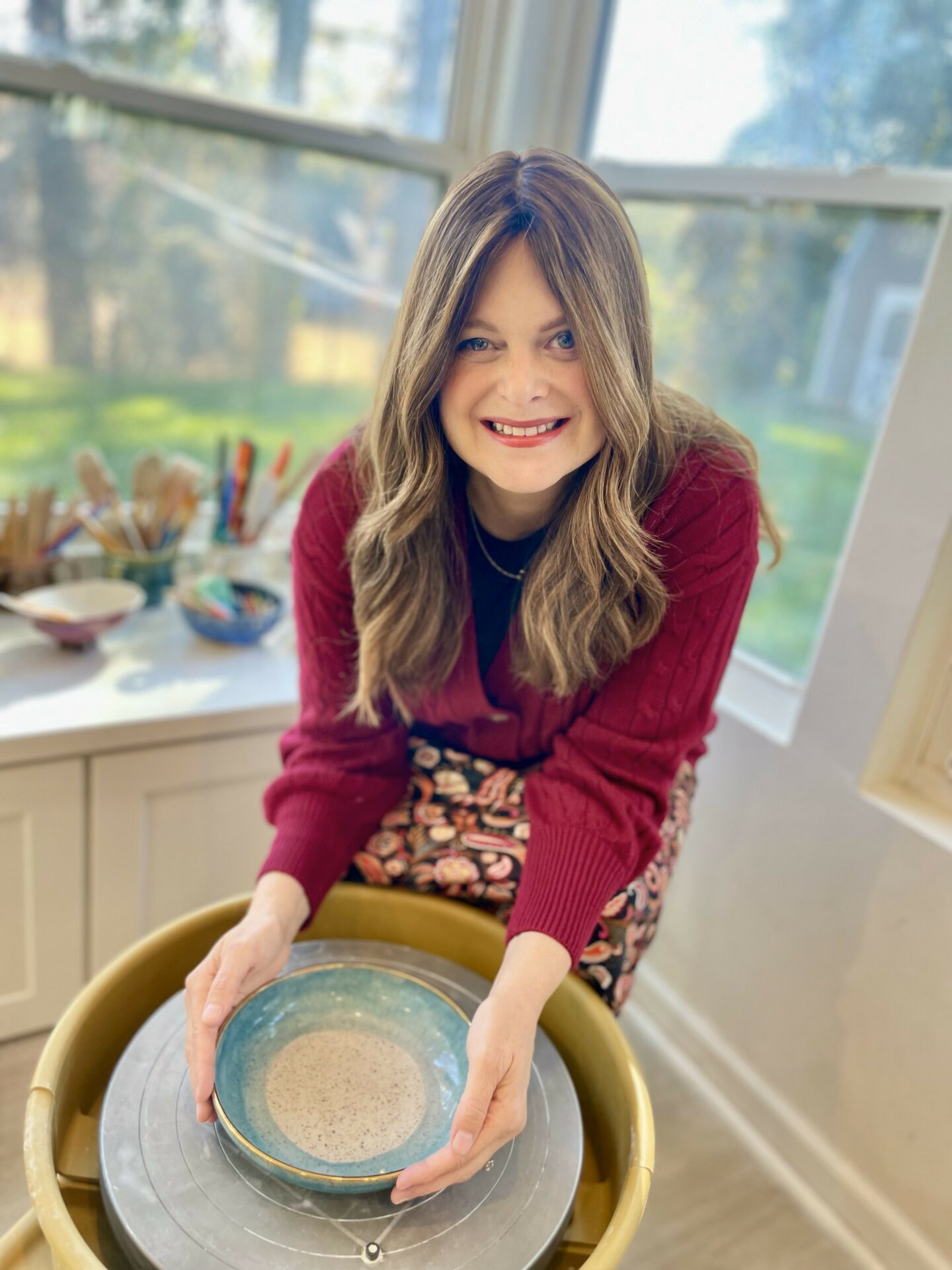We were lucky to catch up with Simone Sobel recently and have shared our conversation below.
Simone, thank you so much for joining us today. Let’s jump right into something we’re really interested in hearing about from you – being the only one in the room. So many of us find ourselves as the only woman in the room, the only immigrant or the only artist in the room, etc. Can you talk to us about how you have learned to be effective and successful in situations where you are the only one in the room like you?
I am an Orthodox, Torah Observant Jew, who was born in Cape Town, South Africa, so the way I speak, dress, and generally come across to others, can often differentiate me from everyone else in the room. I have always been able to be most effective, as a therapist, a ceramic artist, a speaker, a writer, and even as a partner, mother, and friend, by being as authentically “me” as possible. I dance to the beat of my own inner rhythm while staying attuned to what those around me are experiencing and may need from me. I try to stay grounded in my sense of self while honoring both the uniqueness and the common human experience we all share. The way I engage in therapy, to effect healing, and the way I make art, to elevate the everyday, are both informed by the rich resources I draw from spiritually, communally, intuitively, and creatively. Even if others can’t relate to me culturally or experientially, I focus on a sense of connection, warmth, substance, and empathy in interacting with them—qualities that we humans are universally drawn to and instinctively trust.
Great, so let’s take a few minutes and cover your story. What should folks know about you and what you do?
By day I am a psychotherapist, specializing in trauma and PTSD. I’ve worked with refugees, in community mental health, with severely and persistently mentally ill and forensic clients, with veterans, and, since 2015, running my own private practice. I spend my days engaged in some very intense trauma work, with some of the bravest and most wholehearted people in the world—my very dear clients. By night I get re-centered by engaging in some serious “mud therapy” aka ceramics. I like to say that I hold my clients and the clay holds me. Pottery is more than a hobby; it’s an avocation, a serious passion. I used to throw pots at local Atlanta studios, but since Covid, when everything shut down, I’ve created my own home studio, complete with a potter’s wheel, electric kiln, and even a custom workbench I commissioned from a local carpenter. My pottery is called Siman Tov Pottery. A siman tov, is a good sign, a good omen, in Hebrew. It’s a sentiment often expressed at joyous Jewish occasions, such as a wedding or bar mitzvah, as in “mazal tov, u’siman tov!” Siman Tov is also a play on my first name, Simone.
A few times a year, I will have a gigantic sale on my driveway, usually coinciding with one of the Jewish holidays, in which my community and neighbors will wander over, browse good functional art, and purchase something to elevate their tables, their meals, their routines, or their holiday rituals. As Jews, there are ample opportunities to beautify all of our day-to-day and sacred rituals and traditions with all kinds of pots from kiddush cups for Shabbat, to pomegranate plates for all of the symbolic foods on Rosh Hashana. A good friend once termed my pottery “elevation ware,” which I think sums up its raison d’etre pretty perfectly. Lots of colleagues, friends and neighbors, who are not Jewish, also support my work. My therapy suite mate is rather fond of my coffee mugs for her session breaks; a fellow therapist recently purchased several of my peacock serving bowls for holiday gifts; and I’ve become friendly with a retired technology professor who comes to all my sales and uses my pots for his beautiful ikebana flower arrangements. Even our local jeweler will take the opportunities my husband stops in to buy gifts for me, to purchase unique, locally handcrafted bowls and vases for his wife!
If you had to pick three qualities that are most important to develop, which three would you say matter most?
In terms of therapy, I’d say focus on the relationship. Techniques can be learned, but if you cannot project warmth, empathy, a non-judgmental stance, respect, and an appreciation for clients’ individual histories, personalities, and perspectives, you will not be able to build a trusting, effective alliance to do the hard work often required in therapy.
As far as art, a lot of humility and willingness to fall flat on your face, and then try again. Malcolm Gladwell’s 10,000 hours concept really does apply. I am actually a more intuitive sculptor, having attended the School of the Art Institute of Chicago, once upon a time, to study painting and ceramic sculpture. I taught myself to throw pots years later, because it’s more practical and immediate, and I want people to actually use my work to beautify and enhance their daily lives, and not just stare at it. Centrifugal force, however, is very humbling. I try hard not to take out my frustrations at my technical limitations on the physical laws of the universe. Instead, I keep chipping away at my 10, 000 hours, keep working it out on the wheel and I do sometimes have a technical or aesthetic or conceptual breakthrough. Over time your work will improve if you keep building tiny skill on top of tiny skill.
People often ask me how to encourage art in their children. Beyond any technical skill, I believe in a constant, immersive culture of art in one’s family. Art must be spoken about, experienced, practiced, valued, noticed, and celebrated. I have said that art is like breathing. Chagall said that painting was more important than eating. I come from an artistic family. My maternal grandmother was one of 7 siblings, all of whom were artists in some way, whether jewelers, pianists, or painters. Art really was the air I breathed growing up, and it is the same for our four daughters, who grew up with art all around them as a basic fact. All of them are adept at music, or fine art, or poetry, or dance, or calligraphy, or songwriting and composition—even cartooning and face painting! Instead of overscheduling expensive art lessons, let your children see you engaged in artistic endeavors as part of your approach to life and parenting. Make creativity the soundtrack of their childhoods.
How can folks who want to work with you connect?
I’d love to collaborate with local chefs, restauranteurs, cookbook authors, designers, or florists on combining our talents to show how handmade, artisanal, one-of-a-kind pottery is used in day-to-day life to beautify their spaces, enhance their food and showcase their arrangements to loveliest effect. I am energized by the incredible possibilities that can emerge when two or more creatives get together to brainstorm and create multi-medium magic together. I’ve been speaking with a makeup artist, who specializes in clean beauty, about collaborating on a collection of pots to hold makeup, brushes, and other supplies, which will speak uniquely to her clients. I’ve also been working with a woodworker on a stunning wood/ceramic collab that both of us are very excited about. Shhh…it’s a secret. Can’t say anymore but we hope to blow you away! Atlanta creatives, be in touch!
Contact Info:
- Website: www.simonesobel.com
- Instagram: @simantovpottery
- Facebook: @simantovpots
